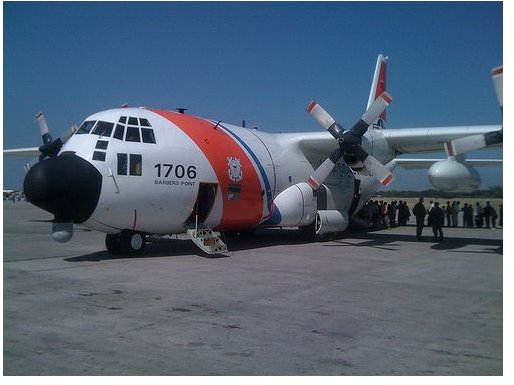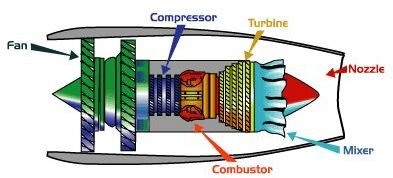Types of Airplane Engines: The Power for Modern Aircraft
Airplane Engine Background
Ever since Wilber and Orville flew over the sands of North Carolina, aircraft designers have been trying different types of airplane engines. The purpose of airplane engines is to provide thrust to push an aircraft through the air and overcome the force of drag. Designers are concerned with the amount of power or thrust produced, the weight of the engines, fuel consumption and cost. The different types of aircraft engines have evolved into three main categories.
Piston Engines
The first airplane engines were of the piston or reciprocating type and this type of engine is still in use today. Piston engines were the only type of aircraft engine until 1939 when the first turbine powered aircraft flew. Piston aircraft engines reached their zenith during World War II. Aircraft developed for the war added superchargers and were able to fly higher and faster than any planes in history.
Reciprocating aircraft engines can be either water-cooled or air-cooled. Liquid cooled engines can be built in any configuration such as in-line cylinders, V configurations or flat opposing cylinders. Historically, air cooled engines were in a radial configuration so all of the cylinders can cool equally. Modern, general aviation engines are usually air-cooled in a horizontally opposed cylinder configuration.
The use of piston engines in modern aircraft is mostly limited to private single and twin engine aircraft. Piston engines in private aircraft are efficient and less expensive to maintain and buy. The technology in these engines keeps improving to allow the use of alternate fuels and adding advanced electronic engine management.
Jet Airplane Engines
The use of jet engines in aircraft became widespread in the 1950’s and now almost all commercial and military aircraft types are powered by jet engines. Jet engines are turbine engines and allow airplanes to fly higher and faster. Here is an article on some of the fastest jet airplanes.
The basic jet engine has a front compressor section that compresses cold air. The compressed air then passes into a combustion chamber where fuel is added and ignited. The expanding gases from the burning fuel turns the turbine which is connected to the compressor. Thrust is produced as the hot expanding gases push out of the rear of the jet engine.
A modern jet engine also has a fan section in front of the compressor that pulls more cold air into the compressor, then through combustion and the turbine. The fan is typically larger in diameter than the compressor/turbine section of the engine. The fan also pushes cold air around the hot section of the engine, providing additional thrust. Turbo fan engines have large diameter fan sections compared to the diameter of the hot section. Turbo fan engines are more fuel efficient than the older turbojet engines.
Turboprop Aircraft Engines

Turboprop engines are aircraft engines with a turbine hot section turning a propeller or rotor. The guts of a turboprop are the same as a jet engine. Turboprop engines allow are used in aircraft similar to those using piston engines, just a few noches bigger and faster. Turboprop engines are used in single, twin and even four engine aircraft like the C-130 Hercules.
The main advantage of turboprop power over piston is the high power to weight ratio. Turboprops allow airplanes to cruise at 350 to 400 mph, faster than most piston powered planes, but slower than jets. Turboprops can generate power or thrust very quickly, making them the choice for airplanes that need to be able to take off from a short runway. Turboprops are also less susceptible to foreign object damage than their vacuum cleaner like turbofan cousins.
Turboprop engines are also widely used to power helicopters. The speed of the turbine is geared down to turn the helicopter rotor. Helicoptors are an excellent example of the high power to weight potential of turboprop engines.
Resources
Aerospace Web: Jet Engine Types: https://www.aerospaceweb.org/question/propulsion/q0033.shtml
U.S. Centennial Commission of Flight: https://www.centennialofflight.gov/essay/Evolution_of_Technology/piston_engines/Tech23.htm
Pilot Outlook: Turboprop Engines: https://www.pilotoutlook.com/airplane_flying/turboprop_engines
Photo Credits:
C-130: US Coast Guard Press
Jet Engine: NASA UEET
